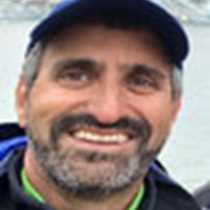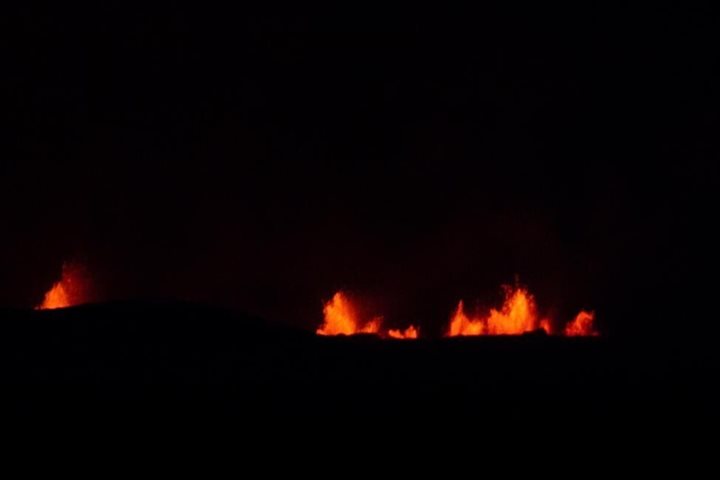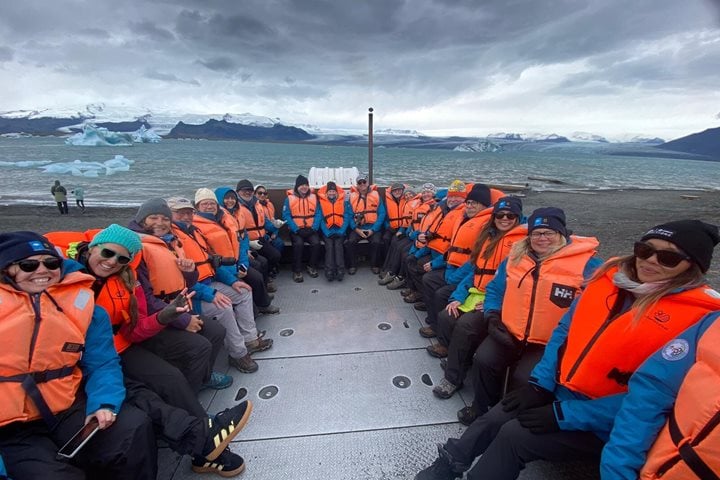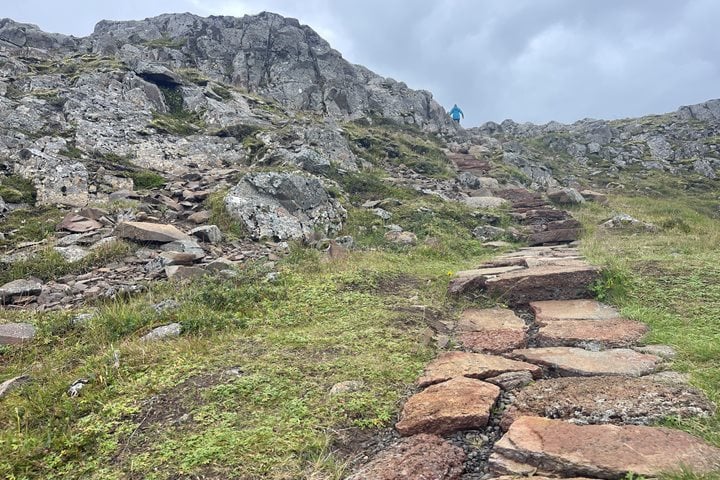Vigur is a gem of an island that is bursting with life in summer. Puffins stand on rocks with faces full of fish. Black guillemots scamper underfoot, nesting in rock walls. Arctic terns patrol their grassy nursery, dive-bombing our ‘tern deterrent’ flagsticks held overhead. Orphan eider chicks huddle in a pen and waddle out to sea. Harbor seals haul out in rocky shallows. Humpback whales surface in the near distance. Zodiacs zip guests to a floating dock at the island.
With a wonderful morning visit to Vigur and its menagerie of near-tame bird life, and an evening walk along thundering Dynjandi Falls, we gained more perspective on this captivating island nation of Iceland.
Our Grosvenor Teacher Fellows share here their perspectives on what they have experienced on our voyage and how they will bring it back to the classroom.
Kyle Tredinnick: Iceland is a perfect, and stunning, example of the ways in which humans interact with the environment, shape their surroundings, and in turn are impacted by it. I will be using examples from this expedition to format learning activities for my students that will help them engage with geographic concepts using real-world experiences. Iceland has a multitude of unique cultural landscapes which offer endless opportunities of examples I can use in all of my classes. The pictures, stories, and geospatial data I have been collecting will allow me to share information with my students and other educators. I will primarily be looking to create an interactive web-map which my students will be able to engage with, use pictures as example to examine cultural landscapes, and look at the relationship Icelanders have with their surroundings.
Mircea (Mitch) Arsenie: Circumnavigating Iceland for the last eight days has been a rare privilege and a tremendously rich experience. As an Environmental Science educator I had the chance to listen to a myriad of stories and learn about the people of Iceland, its culture, geology and history. From the amazing Lindblad naturalists I have accumulated a wealth of Arctic natural history and ecology, information and data that has been collected first hand here on the Explorer. My goal is to aggregate these case studies, data, conversations and an insane amount of videos and images to create labs, activities, and particularly, practical field experiences to hopefully catalyze a spark of inspiration, passion and curiosity in my own students. They too, like the Icelandic people who have proudly shared their stories, need to find their own unique connection with the natural world in the hope that someday it will lead them to change the world.
Zach Creech: In my experience, education is becoming increasingly less focused on an individual set of facts that must be taught in a set amount of time. Instead we are beginning to see more and more educators looking to a set of concepts, or overarching ideas, and then using examples as illustrative examples of those concepts. The Grosvenor Teacher Fellows program and my time in Iceland have offered up new examples for teaching these concepts to my students. Personal experiences are always the best examples for students because it allows me to be more of an expert on any specific concept because I have seen it on display. In my history classes I have new examples of exploration, trade routes, and boom and bust economies. For geography, I have new case studies for almost every concept I teach. Students, like all of us, have an intrinsic curiosity for things that are new and different. While using examples students are familiar with can help with understanding, examples that students are unfamiliar with breeds curiosity and help students connect their environments to ones in far off places. Ultimately, I hope to use this experience to help students understand the universality of ideas, and how people in different parts of the world maybe aren’t so different after all.







